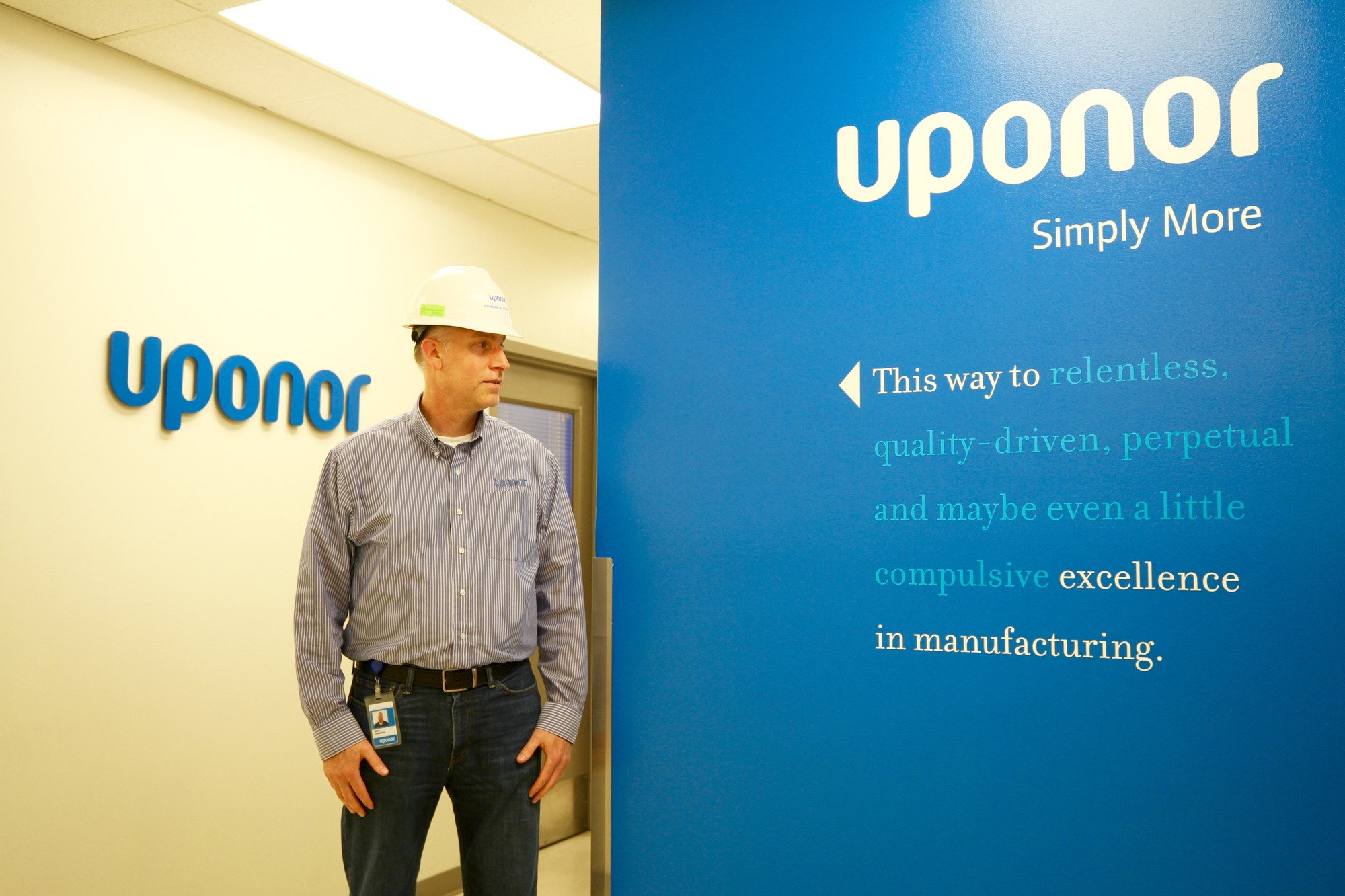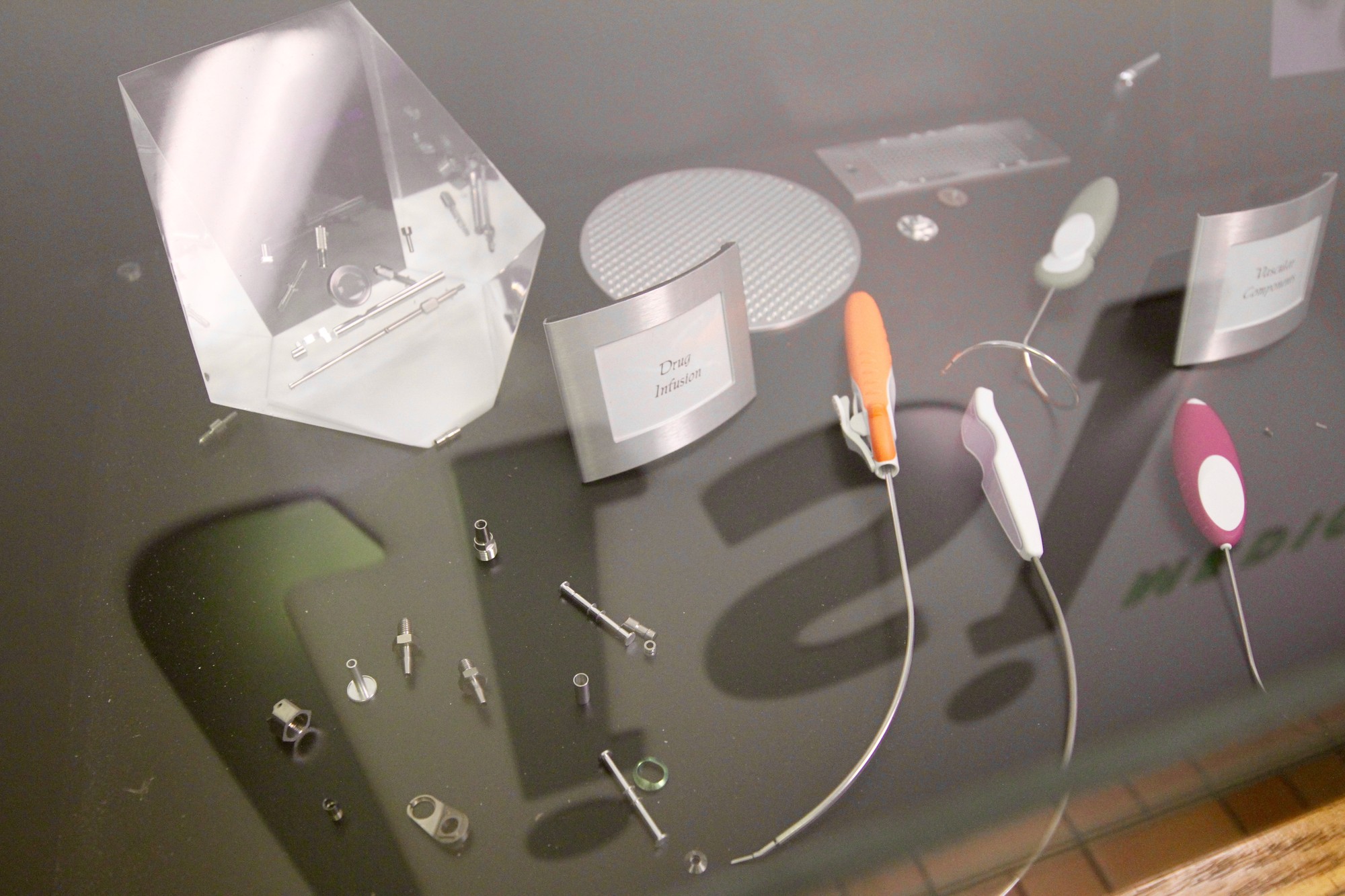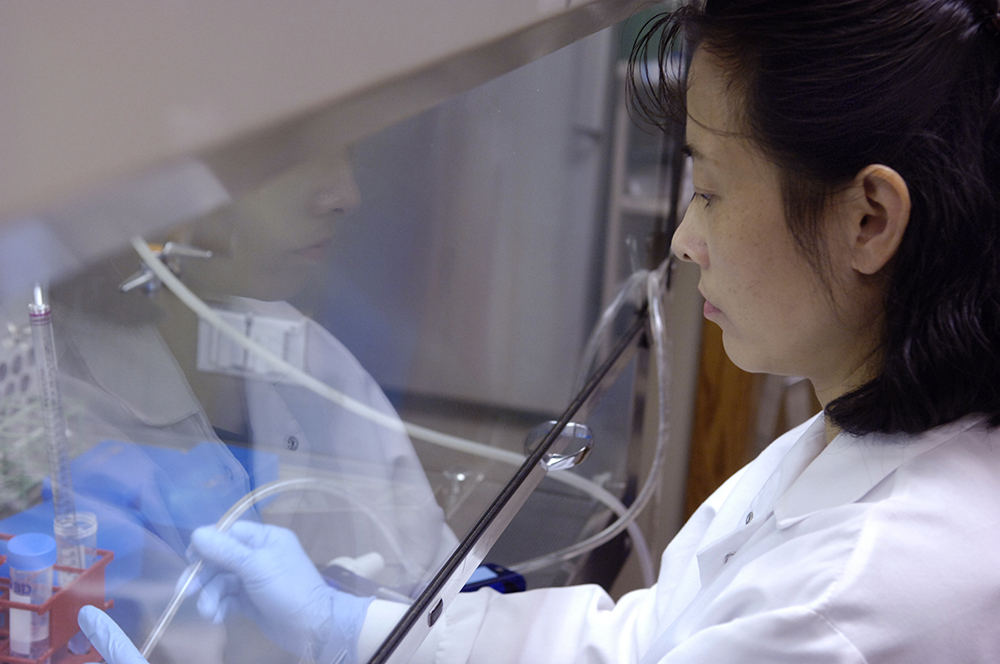Technology & Innovation
Great ideas cost a lot less to make a reality here compared to the coasts.
 Minnesota is uniquely suited to be a leader in Innovation and Technology. The state has a long tradition of innovation and creativity – and has been home to companies that have changed the way the world lives. Our innovation and technology industries include:
Minnesota is uniquely suited to be a leader in Innovation and Technology. The state has a long tradition of innovation and creativity – and has been home to companies that have changed the way the world lives. Our innovation and technology industries include:
- Manufacturing, such as computer and electronics, telecommunications, and medical devices
- Services, such as telecommunications, professional, technical and support services
- Information products and services, such as software, e-commerce, digital media
- Innovative newer products and services such as the Internet of Things (IoT) and technology for medical, biotechnology, agriculture, finance and insurance.
Key to Minnesota's success is our tech-savvy workforce, a thriving ecosystem of higher education institutions, R&D, and public-private partnerships that drive our innovation.
Minnesota Rankings
- 2nd in Medical Device Manufacturing (Lightcast, 2023)
- 3rd in Navigational, Measuring, Electromedical, and Control Instruments Manufacturing (Lightcast, 2023)
- 3rd in Computer Storage Device Manufacturing (Lightcast, 2023)
- 4th in Computer Terminal and Other Computer Peripheral Equipment Manufacturing (Lightcast, 2023)
- 4th in Technology and Innovation (CNBC, 2023)
- 6th in Overall Computer and Electronic Product Manufacturing (Lightcast, 2023)
- 6th in Semiconductors (Business Facilities, 2023)
- 7th in Technology and Science Workforce (Milken Institute, 2022)
- 8th Most Innovative State (Yahoo! Finance, 2023)
Innovation and Technology Companies
 Minnesota has a tradition of innovation and creativity. The state has been home to companies that have changed the way the world lives. From the furnace thermostat and electronic autopilot to magnetic recording tape and the implantable pacemaker. Here are some examples of innovative companies headquartered or operating in Minnesota:
Minnesota has a tradition of innovation and creativity. The state has been home to companies that have changed the way the world lives. From the furnace thermostat and electronic autopilot to magnetic recording tape and the implantable pacemaker. Here are some examples of innovative companies headquartered or operating in Minnesota:
- MedTech and Biotechnology: 3M, Abbott Laboratories, Boston Scientific, Ecolab, Medtronic, Bio-Techne Corp, United Therapeutics (formerly Miromatrix), Takeda Pharmaceuticals, Upsher-Smith Laboratories.
- Internet of Things: 75F, Banner Engineering, Digi International, Exosit, Punch Through, SmartThings, Uponor.
- FinTech: Sezzle, U.S. Bancorp, ClickSWITCH, WeSparkle.
- Computers and Electronics: IBM, 3M, TDK Hutchinson Technology, Seagate Technology, Honeywell.
- Software: Dayforce (formerly Ceridian Corp), Code 42, Coherent Solutions, Digital River and Infor (Formerly Lawson Software).
- Data centers: Cologix, DataBank, IronGate.
- Retailers and wholesalers of electronic equipment: Best Buy, Digi-Key® Electronics.
- Industrial data collection and control (critical to IoT): Honeywell, Rosemount, Eaton.
Exports
Minnesota exported an estimated $4.2 billion in IT and telecommunications goods in 2023, with about $2.5 billion in IT-related electrical equipment, $971 million in IT-related optic and medical goods; and $674 million in IT-related machinery.
Patents
 Minnesota's innovation is demonstrated by the high number of patents and rankings nationwide in a wide variety of technology fields. The state ranks:
Minnesota's innovation is demonstrated by the high number of patents and rankings nationwide in a wide variety of technology fields. The state ranks:
- 1st in cardiac therapy related patents, total and per 1 million people
- 1st in implantable medical device patents, total and per 1 million people
- 3rd in medical device-related patents per 1 million people
- 3rd in prostheses-related patents per 1 million people
- 4th in water purification related patents per 1 million people
- 5th in surgical-related patents per 1 million people
- 6th in electrotherapy-related patents per 1 million people
- 7th in invention patents per 1 million people
- 8th in sensor-related patents per 1 million people
Source: U.S. Patent and Trademark Office.
R&D
Academic and research institutions such as the University of Minnesota, The Mayo Clinic and businesses of all sizes work closely together to foster a statewide support network and ecosystem of innovation.
Here are some of the R&D institutions that make Minnesota an excellent state of innovation:
University of Minnesota
- The University of Minnesota (UMN) had $1.13 billion in external research award funding in fiscal year 2023, the second largest award total ever. The UMN Twin Cities campus also rose two spots in the latest National Science Foundation ranking to 12th among US public research universities.
- The University has spun out 230 companies since FY 2006, and more than 50% of the startups have been in life sciences (Bio/Pharma, Medical Devices, Food/Ag).
- MnDRIVE: Minnesota's Discovery, Research and InnoVation Economy (MnDRIVE) is a landmark partnership between the University and the state of Minnesota. Research focus areas include:
- Robotics, sensors and advanced manufacturing
- Global food ventures
- Advancing industry, conserving our environment
- Discoveries and treatments for brain conditions
- UMN Technology Commercialization facilitates the transfer of U of M technologies and research to licensee companies to develop new products and services that benefit the public good, foster economic growth, and generate revenue to support the University's mission.
- The University offers state-of-the-art research facilities to students, faculty members, as well as businesses in many cases. Examples include:
- Biodale, billed as "Minnesota's Shopping Mall for Biotechnology and Life Sciences Research Support Services."
- The Hormel Institute, a state-of-the-art biomedical research center in Austin, Minn., has 130 leading cancer research scientists – with plans to add more – and 16 cancer research sections. Founded in 1942, the Hormel Institute is a division of the University of Minnesota and receives significant support from Mayo Clinic.
- Science and Engineering R&D: The College of Science and Engineering oversees more than a dozen research centers and institutes that bring scholars from diverse disciplines together for research collaboration. Examples of these centers include: The BioTechnology Institute (BTI), Center for Medical Device Cybersecurity (CMDC), Center for Sustainable Polymers (CSP) and, Industrial Partnership for Research in Interfacial and Materials Engineering (IPrime), among others.
Mayo Clinic
 The Mayo Clinic is a leading academic research and medical institution renown worldwide. In 2022, the Clinic had a research funding of $1,075.4 million, which included $654.2 million of external funding.
The Mayo Clinic is a leading academic research and medical institution renown worldwide. In 2022, the Clinic had a research funding of $1,075.4 million, which included $654.2 million of external funding.
Mayo R&D Facts
- Research personnel: 5,043
- Physicians involved in research: 798
- Scientific faculty: 297
- Core research laboratories: 22
- Research and laboratory space: 423,743 square feet
- Total research space: 1,105,791 square feet
R&D by High-Tech Companies Headquartered or Operating in Minnesota
- 3M invests about 6% of sales back into R&D annually. The company reported R&D expenses of $1.82 billion for FY 2023.
- Medtronic spent $2.7 billion in FY 2023. The company ranks first for total R&D expenditure among Twin Cities-based med-tech companies.
- Boston Scientific Corp., which has a significant Twin Cities presence, spent $1.4 billion on R&D in FY 2023.
- Abbott Laboratories, another company with a sizable local presence, spent $2.7 billion on R&D in FY 2023.
- Minnesota-based General Mills R&D expenditures were $257.6 million in fiscal 2023.
- Ecolab, another Minnesota-based company, had R&D expenditures of $190 million in 2022.
 Workforce
Workforce
The state employs nearly 322,000 people in high-tech industries, offering a pool of skilled workers to meet the needs of cutting-edge companies.
- The largest occupational group employed in high-tech industries was Software Developers (26,821 occupations), followed by management analysts (12,873 occupations). (Lightcast, 2023).
Industry Support
- Minnesota's Medical Alley is the #1 health technology cluster in the world. It is home to the nation's largest private health insurer and around 800 health care companies that employ more than 500,000 Minnesotans and millions more worldwide.
- The Minnesota Technology Association fuels the state's high-tech ecosystem. The association offers members access to MnTech events, sponsorships, community interest groups, peer forums and more. Members include organizations in IT, advanced manufacturing, life sciences, fintech, agtech, cleantech, and edutech.
- Advance IT Minnesota is the Center of Excellence in Information Technology for the State of Minnesota. It is managed by the Minnesota State Colleges and Universities (MnSCU) system from Metropolitan State University's Minneapolis campus. The Center partners with IT programs from state colleges and universities to support technology businesses in the state.
- Launch Minnesota is a statewide collaborative effort to accelerate the growth of startups and amplify Minnesota as a national leader in innovation. The organization seeks to elevate startup networks across the state, bringing community leaders together to maximize efforts.
- The SciTech Internship Program operated by the Minnesota Department of Employment and Economic Development (DEED) is a one-stop resource for connecting small companies with college STEM majors (science, technology, engineering, and math) for paid internships.
